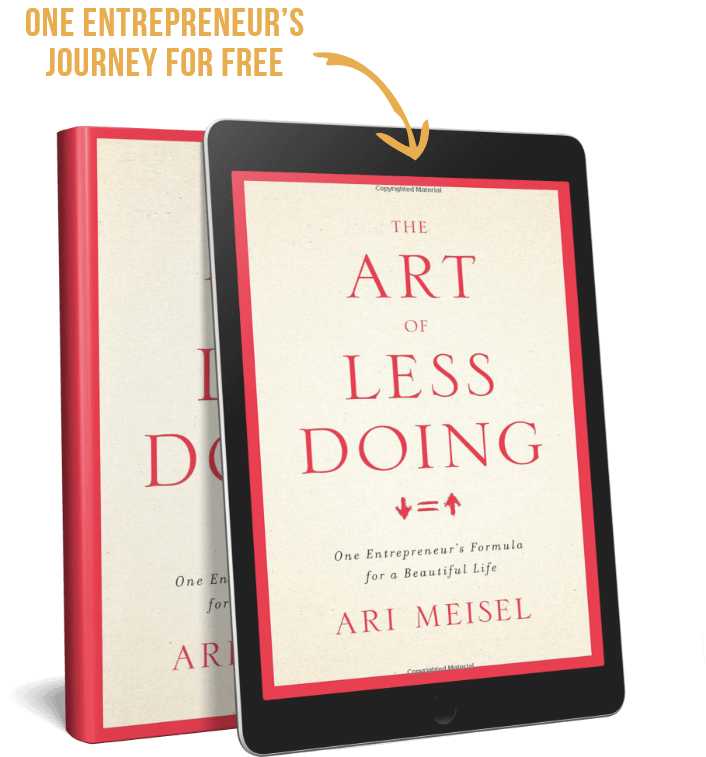When it comes to scaling a business, I believe that the most difficult part to scale is your people. You’re faced with two problems, bringing in more people who can complement and enhance the team and supporting a existing team culture that won’t break down when you hit critical mass.
There are dozens of startups that offer products and services to facilitate a myriad of reviews: performance reviews, 360 reviews, peer to peer reviews, OKR meetings, etc…
But in a world where organizations are getting flatter (no one in our company has a title) it remains a challenge to identify and recognize a job well done or provide guidance.
I want to share our three pronged approach to nurturing the members of our team through constant feedback.
1) Performance Reviews
About 9 months into the operations of my company, I decided we should create some formal process for reviewing performance over the quarter and set goals for the next one. We came up with some questions and had each team member book a 10 minute video call with me, one on one.
I asked them about their goals for the quarter and things they could improve upon, I’d take notes in Evernote, and then I would decide whether or not that person should get a raise and/or level up to the next rank.
It was time intensive, overly subjective, unscalable, and completely incongruent with how we do everything else. So we changed to a version that, from the outside seemed less personal, but had our DNA written all over it.
Every quarter an automation through Zapier posted messages to our Slack channel asking the team to fill out a Wufoo form for their quarterly review.
Seems impersonal right?
Autonomy was one of our core values and scalability was part of everything we did. Filling out the form was at the option of the teammate, if they didn’t fill it out, they didn’t get a raise or a promotion.
When they did fill it out, they answered a specific set of questions, including their goal for how many hours they wanted to do over the next quarter. All these entries went into a Trello board, in a list for the current quarter. Then at the end of the month, the managers reviewed the submissions and made a decision.
We then shared that with each person individually and on if they wanted to we scheduled a one on one video call. Last quarter three people requested a follow up conversation.
2) Task Reviews
This process began as a way for me to do quality control on tasks. We asked that once every two weeks each team member book a call with me to go over their current tasks, identify any issues, and answer questions.
In order to keep this scalable, we used Calendly to book the calls It has a really cool option called, “Group Meeting.” which allows as many people as you want to book a single time slot. It will continue to show that slot as “available” until you hit your set limit.
Sometimes the call would be with five people, but more often it was three or less. These evolved from talking about tasks to a organic opportunity to connect on a nearly one on one basis with members of the team.
It was akin to a mini-mastermind where they could get guidance and give and get feedback.
3) Bonus Process
From a behavioral economics view, this was one of our most interesting innovations. One of our key performance metrics as a team was the number of hours we clocked in a given week. It was on the order of hundreds of hours. For every hundred hours we did as a team a bonus was issued to a VA.
So if we did 800 hours one week, eight VAs would get a bonus. The bonus was 40% of whatever the VA made that week. This was an incentive for more hours as well as overall improvement to earn a higher hourly rate.
It worked extremely well for us but naturally, we upped the game.
The new bonus structure was still based on the number of hours per week but with a twist. Each week the VAs who felt they earned a bonus filled out a Wufoo form, checking off the boxes of the core values they felt they exemplified and why.
This pushed them to bring their achievements to my attention, I could give specific praise and feedback when they didn’t get the bonus. Now in order to prevent them from submitting a request every week, we scaled their bonus based on how often they applied and received it.
So now the top level bonus was a full match, 100% of whatever they made that week. But if they submitted for the bonus four times and only got it twice, they got 50% of the bonus.
These three methods allowed us to shine a light on our teammates, provide feedback, guidance, and of course praise, in a completely scalable and quantifiable way.https://upscri.be/6892b4?as_embed=true
Whenever you are ready…here are 4 ways I can help you become more replaceable and grow your business:
1) Join our FREE Facebook Group — The Replaceable Founder
2) Get our FREE Replaceable Founder Mini-Course
3) Come to our next One-Day Intensive “Becoming Replaceable Workshop” in NYC
4) Want to work with us privately? Just answer a few questions and find out if you’re a good fit. Apply Now




